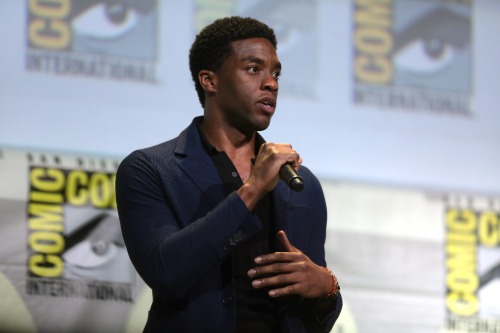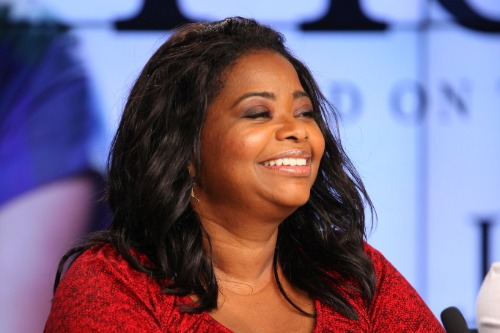In the world of storytelling, few stories have evolved quite like that of Black narratives on screen. From early struggles for representation to a present-day celebration of diverse voices, Black storytelling in Hollywood has gone through a seismic shift, pushing boundaries and changing the way the world sees Black culture. This journey is as much about resilience as it is about creativity, and it tells us much about the evolving American landscape. Today, Black creators are not just fighting for a seat at the table; they’re redefining the whole banquet.
From Marginalization to Mainstream: The Evolution of Black Film and TV

There was a time when Hollywood seemed content with stereotyping Black characters, either as the comic relief, the sidekick, or worse, as villains and victims who were mere plot devices to push forward white characters’ journeys. However, even during this era of one-dimensional representation, there were pioneers who dared to break the mold. Films like Shaft in the 1970s showed a glimpse of what was possible: stories centered on Black characters who were more than just props—they were heroes, anti-heroes, and leaders of their own destinies.
But it wasn’t until the 1980s and ’90s that things began to shift more significantly. With films such as Do the Right Thing (1989) directed by Spike Lee and Boyz n the Hood (1991) by John Singleton, audiences were introduced to the complexities of Black life in America. The gritty reality of life in urban neighborhoods, juxtaposed with the dignity of families and communities fighting to thrive, was a revelation. These were not stories that made audiences comfortable; they were stories that challenged people to confront the deeper issues of race, economics, and social justice.
Fast forward to the 2000s and 2010s, and we saw a marked increase in the production of high-quality films and shows from Black creators. The Wire, Atlanta, and Insecure turned the conventional portrayal of Black life on its head, exploring themes of systemic corruption, identity, and personal growth in ways that were complex and multidimensional. The stories felt like the real America—unfiltered and unapologetic. The world began to pay attention, and suddenly, Black storytelling wasn’t just about entertainment; it was about telling the truth.
Breaking New Ground: The Age of Black Excellence in Film and TV

In the last decade, the explosion of Black creativity in film and television has led to groundbreaking works that showcase Black life in all its richness. Directors, producers, and actors such as Jordan Peele, Ava DuVernay, and Barry Jenkins have created narratives that not only entertain but also illuminate, educate, and inspire. Peele’s Get Out (2017), for instance, wasn’t just a horror movie; it was a cultural phenomenon that managed to highlight racial anxieties in America with a unique twist of satire and social commentary. His follow-up, Us (2019), continued in this vein, exploring the idea of duality and the consequences of economic disparity.
Ava DuVernay’s Selma (2014) brought a raw, human element to the civil rights movement, reminding audiences that history is far more complicated than what’s taught in school. And Barry Jenkins’ Moonlight (2016) earned critical acclaim and an Oscar for Best Picture by telling an intimate story of identity and love through the eyes of a Black man navigating the complexities of his sexuality.
Television has seen a similar renaissance. With shows like Black Panther sparking the “Marvel Cinematic Universe” movement and The Mandalorian spotlighting leading Black characters like Gina Carano, Hollywood started acknowledging the multifaceted roles Black talent could play. Not to mention, platforms like HBO, Netflix, and FX provided a launchpad for many new voices to rise. The result? A new wave of storytelling that’s not only for Black audiences but for everyone. It’s an invitation for all to witness the power of perspective and to challenge preconceived notions.
Beyond Hollywood: The Global Reach of Black Storytelling
It’s easy to think of Black storytelling as only a Hollywood trend, but the impact is worldwide. With the digital age making media accessible beyond borders, the stories of Black communities are transcending geographic lines and resonating with people all over the world. The success of films like Black Panther and shows like I May Destroy You by Michaela Coel has shown that audiences are hungry for authentic storytelling—no matter where it originates.
What’s even more significant is how these stories are shaping international conversations about race and culture. The African film industry, with artists like Wanuri Kahiu in Kenya or the growth of Nollywood in Nigeria, demonstrates that Black stories are not only being told by Americans but by people of African descent around the globe. This cross-cultural exchange allows for an even richer portrayal of the diverse experiences within the Black community. Films like Rim of the World and Fela Kuti in Africa speak to a wide range of struggles, triumphs, and complex narratives often overlooked by mainstream media.
The evolution of Black storytelling is also reshaping what success looks like. When Kendrick Lamar’s To Pimp a Butterfly won a Pulitzer Prize for Music in 2018, it was a cultural moment that proved that Black artists are pushing not only the boundaries of music but of storytelling itself. The album’s layered narratives, addressing systemic racism, identity, and personal struggles, are an artistic parallel to what we now see in film and television: art that doesn’t just entertain, but resonates with the real challenges people face and creates space for conversations that matter.
As we look ahead, it’s clear that Black storytelling has reached new heights. The road from the streets to the screens has been paved with resilience, creativity, and vision. What began as an essential fight for representation has blossomed into a thriving cultural force that is changing the fabric of modern media. Black voices are now center stage, and the world is listening, learning, and evolving with them.
